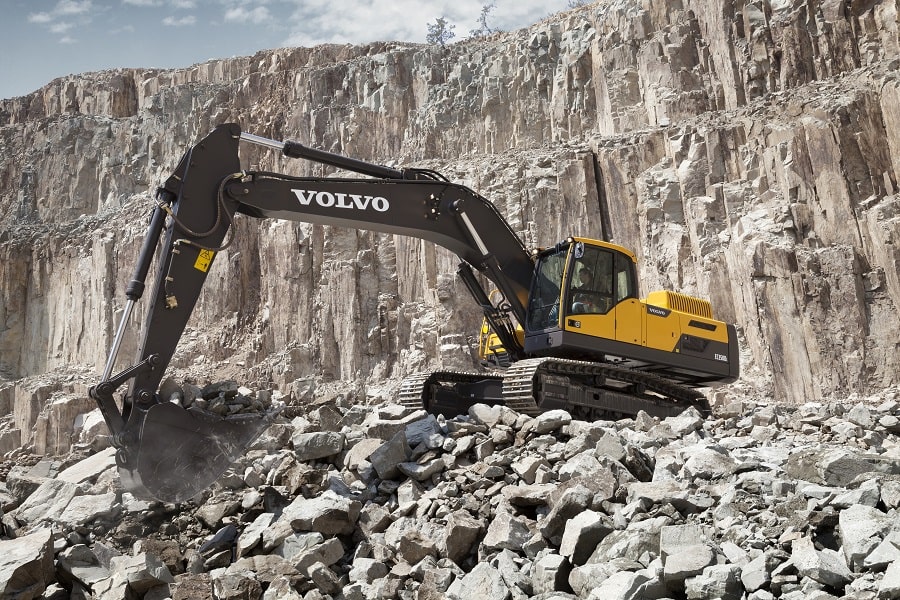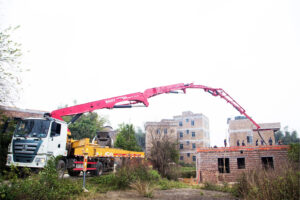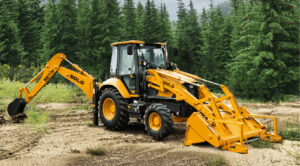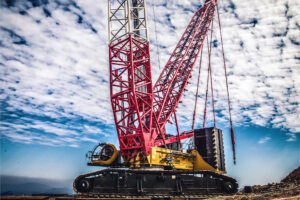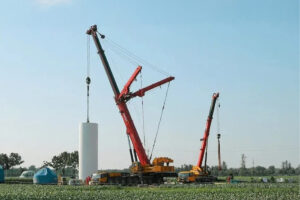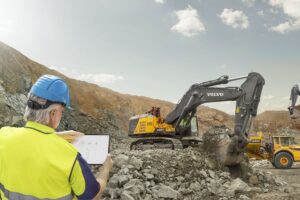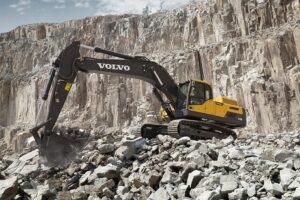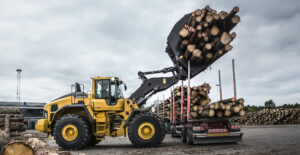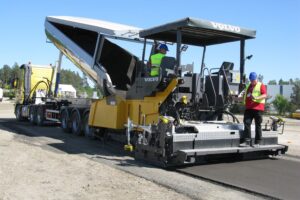Excavators are often found in construction or industrial sites and used for their earthmoving capabilities. These heavy construction machines assist professionals in their digging, demolition, and transportation tasks, all while prioritizing their safety.
There are different types of excavators available to contractors and other professionals today. Each one has a unique feature that makes them suitable for certain types of jobs. If you are looking to understand the different kinds of excavators for your project, continue reading below.
Crawler Excavator
A crawler excavator is a type of equipment that runs on tracks instead of wheels. It’s also known as a general-purpose excavator due to its extreme versatility. Because of its design, it moves much slower than its wheeled counterpart.
Although a crawler excavator is much slower, its tracks provide it with the power to balance on uneven terrains and makes going down hills and scaling them safer. This means that this type of excavator is ideal for job sites that do not have roads and is a good choice for worksites with steep, rocky, or muddy landscapes.
Therefore, if your project is located in muddy or hilly terrain, you should choose a crawler excavator. This will provide you with all the basic functionalities of an excavator plus the stability that you need for safety.
Wheeled Excavator
As opposed to its tracked counterpart, a wheeled excavator is equipped with wheels, enabling it to move easily across flat surfaces, including roads. This mobility on various terrains is just one of the many benefits of wheeled excavators.
Since the wheeled excavator performs well on flat surfaces, it is often used in urban applications or road construction, where it can move around via asphalt or concrete. Its wheels also make it easier to maneuver across tighter spaces, unlike the crawler excavator.
So, if you need to complete an excavation job in the city, you should buy a Volvo wheeled excavator. You can even drive the equipment straight to the job site without having to load it onto a transport truck.
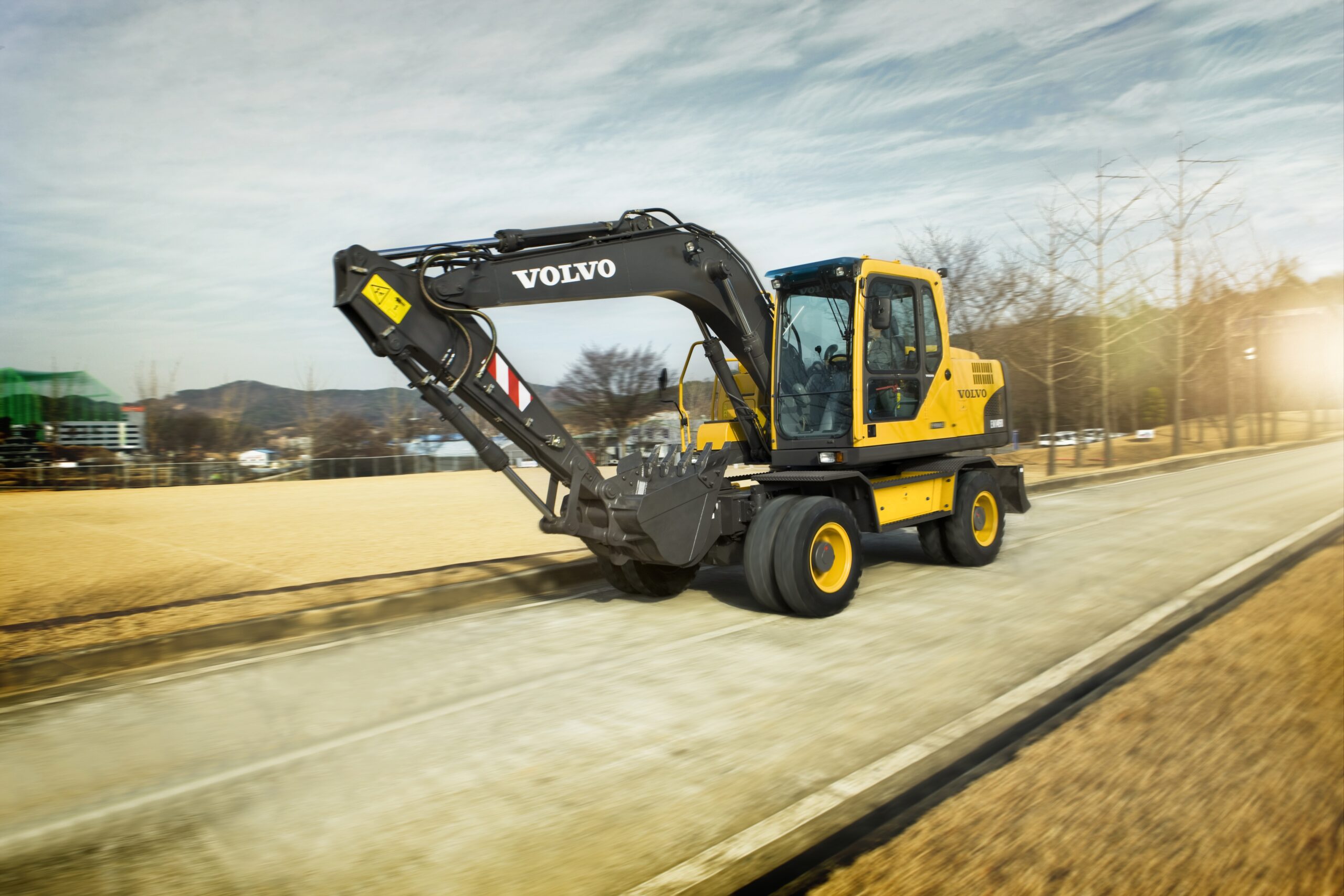
Long-Reach Excavator
Sometimes, you need to accomplish an excavation task from a distance. However, the problem is most standard excavators have limited reach and can only dig short distances.
To address this problem, you need a long-reach excavator. This type of excavator is equipped with a lengthy arm and boom, which allow you to reach work zones that are 40 to 100 feet away.
Because of their extensive arm range, long-reach excavators allow operators to dig from a safe distance. It can protect the machine and operator from getting near dangerous places, such as demolition projects over a body of water.
Skid-Steer Excavator
A skid-steer excavator is a compact piece of equipment that is often used in small projects. It provides the functionalities of a regular excavator minus the bulk and weight.
Because the boom and bucket of the skid steer loader are situated away from the driver, the excavator’s boom operates over the cab. Its unique build makes it easy for operators to fit into narrow job sites to complete any excavation task required. It can also be used in residential projects, where only limited space is available.
Skid-steer excavators are perfect for a variety of tasks such as transporting materials, demolitions, and earth grading. Provided that it’s equipped with the right attachment.
Dragline Excavator
Dragline excavators are one of the largest types of excavators. A dragline excavator’s bucket is suspended from a boom by a wire rope. Another wire rope functions to drag the bucket along the ground.
This type of excavator is best used for large-scale projects, like dredging rivers and canals, due to its capacity to move large quantities of material. However, due to its colossal size, it can be difficult to transport. This is why dragline excavators are assembled on-site and are used for projects where it does not need to change locations often.
Suction Excavator
Suction excavators are a specialized type of excavator that features a vacuum. The high-powered suction system and water jets that’s equipped with a toothed pipe can easily remove debris and other materials from the work area.
First, the suction excavator’s water jets loosen the earth. Then, the toothed pipe vacuums the earth away.
This excavator type is frequently used in tight spaces where traditional excavation methods would be too disruptive. It’s also used to excavate around areas such as pipes and cables to minimize the risk of damage.
The suction excavator’s precise operations make it perfect for small operations that are located in urban areas.
Mini Excavator
Mini excavators are more compact versions of standard excavators. For exaction jobs that need finesse, the mini excavator is the best tool for the job. Its reduced tail-swing and extreme maneuverability make it the perfect excavator for indoor and outdoor applications.
There are numerous mini excavator sizes available. It also comes with numerous attachment options that allow it to take on a variety of jobs from grading surfaces to loading materials while avoiding any obstacle.
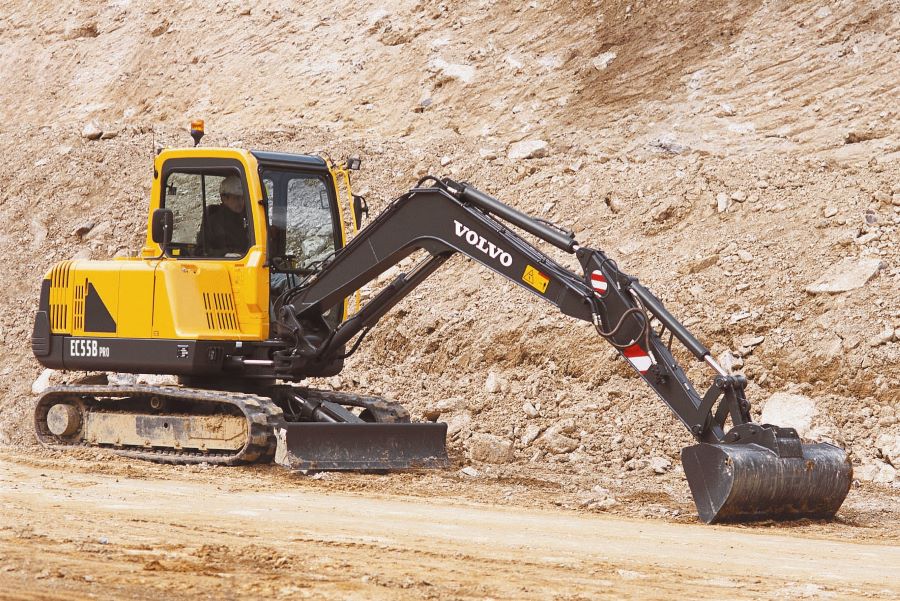
How to Find the Right Type of Excavator
Different types of excavators offer various features. The most important part of choosing an excavator for your company is assessing the job size, requirements, and budget. There are numerous types, sizes, and weights available. This is why it’s best if you understand the job requirements first before you purchase one.
Once you have these details down, we recommend that you consult with a knowledgeable dealer about which type of excavator and attachments you should invest in. If you’re looking for a trusted dealer who can help you do just that, you can talk to us at Topspot Heavy Equipment Inc.
Here at Topspot, we can help you determine the right excavator to purchase, and we can help you acquire it at a great price. Once the transaction is complete, we can also provide you with an excellent after-sales service so you can keep your excavator always running in peak condition.

